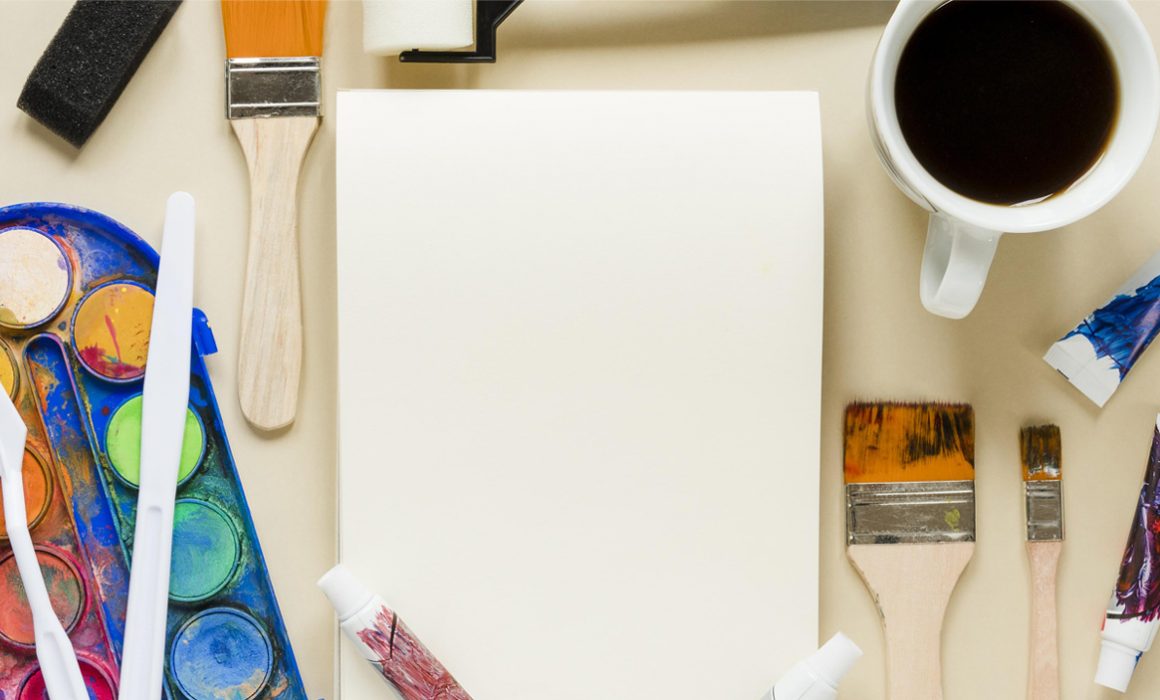Creative Supervision Techniques
One of the aspects that I enjoy most about coaching supervision is the great variety of ways to explore the case brought by the supervised coach, which gives rise to enormously creative work. In supervision we want together with the supervisee to discover more about the situation he/she wants to discuss in relation to his/her practice, to think about it in a different way, and to see what was not seen before. Reflection does not aim to mobilize, but to enlighten. And from this comes a more conscious action.
In this dialogue, both supervisor and supervisee contribute, and the supervisor usually proposes a way to start discovering new perspectives. In previous posts I have already told you about the 7 Eyes Supervision Model, which in a single model offers seven different looks at a case. You can download the model and the questions for each "eye" in the Resources section of my website.
Less rational and more intuitive
Today I would like to tell you how to use a more creative technique, which may seem simple but is no less revealing and powerful: it is the use of drawing.
Precisely, taking a less rational and more intuitive approach makes it easier for the supervisee to discover deeper relational connections or dynamics. The use of symbols, metaphors and colors allows us to give meaning "a posteriori" to what we have captured on paper, in a small journey of self-discovery.
How to use drawing in supervision?
There are many exercises that use drawing for awareness. Here are three that I personally have found very nice and interesting.
Free drawing
You can work with a free drawing without further ado. Start by formulating your supervision question. That question you have about a process, a particular case, or about your practice as a coach. Make sure you have colored pencils and large paper handy. Then spend 5 minutes painting, letting your hands produce something that doesn't have to make sense. Simply use pencil, colors and let yourself flow. At the end of the 5 minutes, or more if you wish, place the drawing on the wall, and observe it from a meter or two away. What do you discover about your supervision question?
It is interesting to let the drawing "appear". On one occasion, applying this technique to a case of my own, it was coming out very nice, with pastel colors. But something was missing, and I was pushed to include a rather large black circle in the middle of my friendly tones. The whole thing, although aesthetically unconvincing, was very revealing to me.
The desert island
Another exercise I love is "The Desert Island" . I know it from the work of British supervisor Michelle Lucas who designed it with Christine Champion. You need a second person to get the most out of the exercise, and it's also very rich to do it in a group.
After the supervised coach presents his case, the co-supervisors are going to imagine the situation moved to a desert island, where coach and client are alone. Where are they on the island? What are they doing? What roles are they assuming? How are they spending their day? You have 5 minutes to let your intuition flow, and let a scene appear on the paper. When everyone has finished the drawing, they show it one at a time to the supervisee, giving a brief explanation of what they have painted. The coach supervisee is inspired by the drawings to discover something new about their case.
The professional garden
Finally, I really benefited from the "Professional Garden" exercise , from Karyn Prentice's work, which uses the symbolism of the seasons and nature in coaching and supervision. The exercise consists of creating a drawing of a garden, which reflects your current professional moment. We start by painting the main pillars of your professional life, what you spend the most time on, or what is well established, and what would jump out at first glance in your garden. Perhaps you want to represent them by a pond or a large oak tree, for example. Then we paint the "seasonal flowers"; those activities that come and go. We continue drawing: What other plants are in your garden? How do you have irrigation? Maybe you have a greenhouse? A place to plant, with big or small "new initiatives" What about a resting place, a bench, a swing?
Look at your garden: What does your garden feel like? Are you comfortable in it? What does this garden need to be ready for next season? What needs to be pruned? Added? Replaced? Loaded?
In my case, this exercise helped me to reorder my professional activities, and to take a more intentional approach to what elements I wanted to be present. For some reason it became easier for me to use the garden metaphor. For example, I increased the size of my greenhouse, placed a chair under a shady tree to contemplate it all, and some nice plants that had invaded the rest ended up in the compost, where they have a new role to play in fertilizing my professional project!
I encourage you to try these techniques to reflect on your own coaching practice!
And if you want to do it together in a group - because shared learning is fun and very rich - find out about the monthly Supervision Groups.
UPCOMING WORKSHOPS FOR COACHES
New groups are open for the Mentor Coaching Group Online Workshop are now open, to develop your coaching and prepare for the ICF exam.
I have also launched a Supervision Group to work on real cases of the participants' practice.



